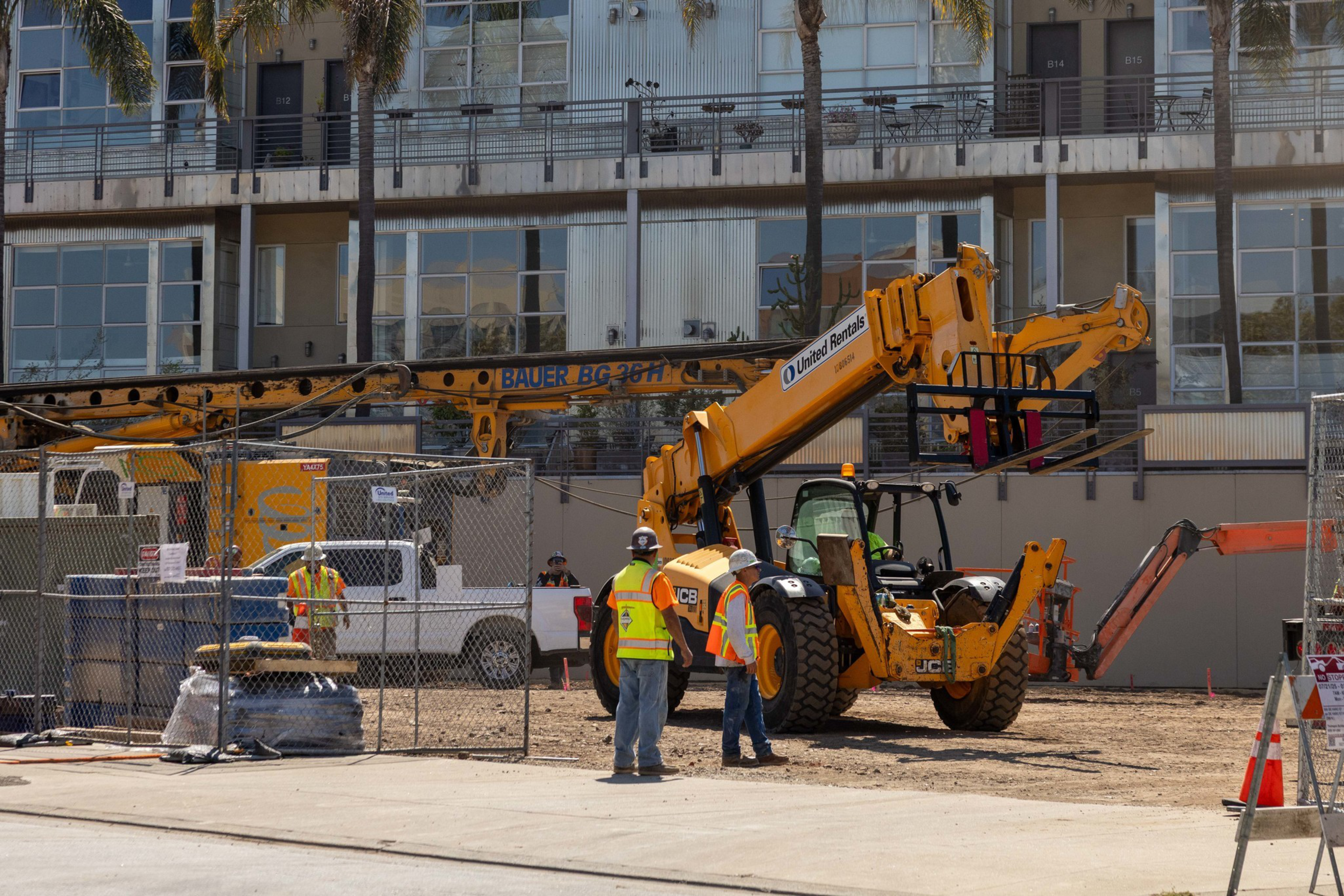Mass evictions, demolitions, and huge skyscrapers haunt the nightmares of rezoning opponents. Those fears are sensational — the Family Zoning Plan’s effects would almost certainly be more modest. But there is another lever for radical change that’s yet to be pulled: the builder’s remedy.
The state could impose this weapon, which would slash local control over housing development, if it finds that San Francisco’s plan is out of compliance with state standards.
The terrifying result? Nearly all applications to build housing would be automatically greenlit, even those for buildings far taller than local zoning allows.
The mechanism would also overrule city protections against the demolition of rent-controlled units.
It sounds like a horror story, and a new report from city economist Ted Egan has led some housing advocates to summon the specter. The report says the rezoning plan will produce half the amount of new housing in twice the time required by state authorities.
In an op-ed (opens in new tab) this week, UC Davis professor and housing law expert Chris Elmendorf warned that the report could be grounds for the state to take control — at least in the absence of far more significant upzoning.
The California Housing Defense Fund, which sues cities whose zoning is not compliant with state law, has already threatened to sue San Francisco. The advocacy group YIMBY Action called on state officials to tell the city exactly what it has to do to fix its plan.
But some say the saber-rattling isn’t justified.
“The report shouldn’t be a shock to anyone, but not because Mayor [Daniel] Lurie, his departments, and the Board of Supervisors have made some colossal error in judgment,” tenants advocate Shanti Singh said. “It’s because zoning is just one factor of 100.”
Singh said YIMBYs — the “Yes in My Backyard” housing hawks who advocate for less process and more cranes in the sky — are taking advantage of the report to push for a bolder rezoning plan. Local YIMBY Action organizing director Jane Natoli said the same.
“It gives us cover to do more,” Natoli said. “The report, when you dig into it, says, ‘This is necessary but not sufficient.’”
Even if the builder’s remedy is never realized in San Francisco, it’s a big stick the state can use if it wishes. Elmendorf said that makes the city more likely to alter its plan if California’s Department of Housing and Community Development mandates changes. It’s also useful for local elected officials who want to save face with angry constituents.
“It makes it a lot easier, if you’re a politician, to say, ‘I don’t love this, but Sacramento is making me do it,’” Natoli said.
The builder’s remedy could come either at HCD’s discretion or as the result of a court ruling that San Francisco is out of compliance. The former seems unlikely. An HCD spokesperson said Friday that the agency maintains the position it had when it sent a positive September letter to the city. In other words, Egan’s report did not compel the state to take any immediate action.
The possibility of a court ruling is more feasible.
“I’m afraid ‘We’re going to sue the government until the capital markets do what we want’ is basically the textbook definition of San Francisco YIMBYism,” Singh said.
An analogous lawsuit is playing out in Los Angeles, providing a blueprint for YIMBY legal groups in San Francisco.
But San Francisco Planning Director Sarah Dennis-Phillips isn’t worried.
“Nothing that we’ve done has changed since HCD sent that letter,” she said. “We’re laser-focused on adopting this plan right now.”
Dennis-Phillips pointed out that Egan’s report also found that the zoning plan as it is stands, would bring rents down — a success, she said, even if it doesn’t mean the work is done.
But Natoli said a lawsuit is still possible.
“I wouldn’t rule it out,” she said. “At a certain point, this issue is going to need to be litigated.”
